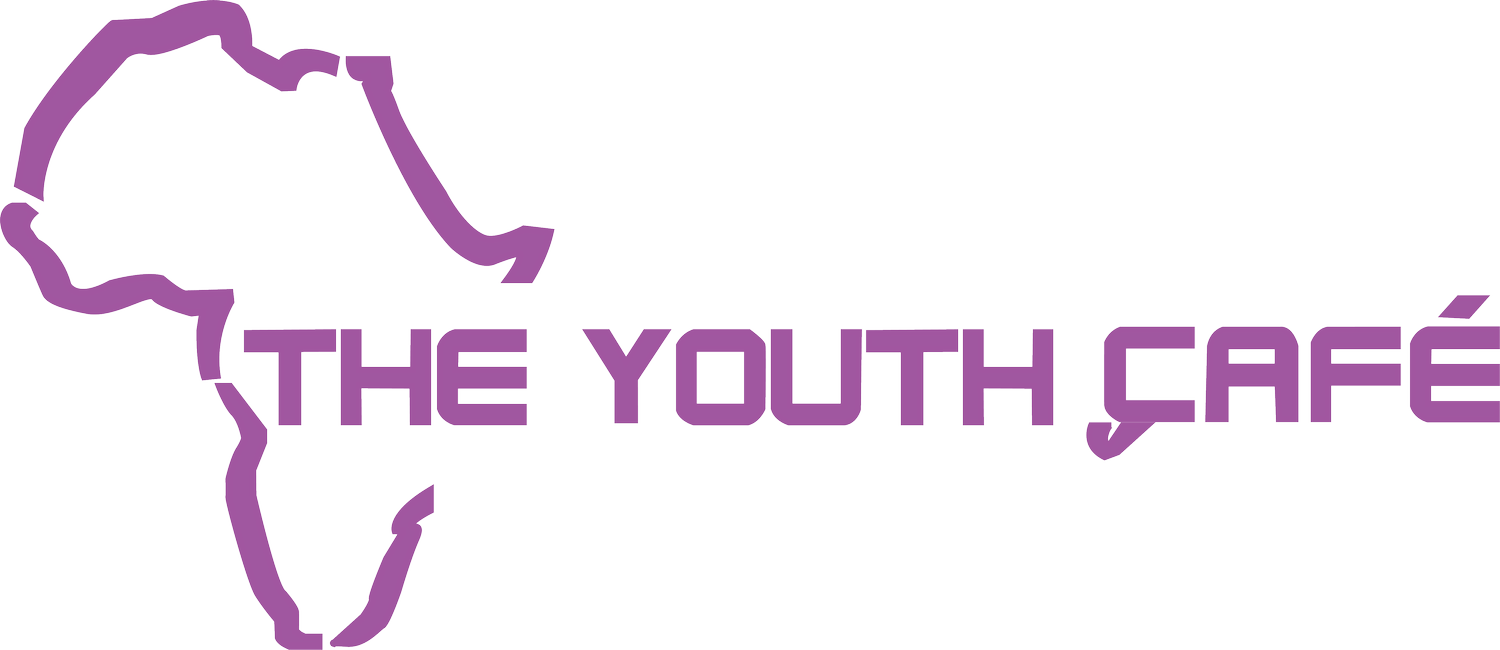Welcome to “Participatory health research and action: a practical guide on designathons” a guide for those planning or organizing designathons.
Designathons are a three-stage participatory process that includes preparation, intensive collaboration, and follow-up. This guide is more than just a collection of methods and strategies; it is a testament to the power of collective creativity when confronting some of the most vexing health problems of our time.
In many parts of the world, healthcare is not just a service, but a lifeline that is often stretched thin.
The disparities in health outcomes are not just statistics; they represent real people with hopes, dreams, and the right to a healthy life. This is where designathons can play a role to bridge the gap between need and access, between traditional methods and innovations, between global and local. The guide focuses on low and middle-income countries (LMICs) because of the unique challenges and opportunities in these regions for using designathons. Limited resources, infrastructure constraints, and diverse cultural contexts demand solutions that are not only effective, but also adaptable and sustainable.
“A designathon is a three-stage participatory activity informed by design thinking that includes preparation with end-users, an intensive period of collaboration, and follow-up activities for implementation and research.”
As you use this guide, remember the considerable assets, wisdom, and strengths of local communities. Appreciating these assets can be a powerful force to reimagine health services and design new solutions.
This guide will help you to design, implement, and evaluate designathons for health, with case studies, frequently asked questions, and examples. The practical guide was developed by Special Programme for Research and Training in Tropical Diseases (TDR), the UNICEF/UNDP/World Bank/WHO Special Programme for Research and Training in Tropical Diseases, in partnership with SESH (Social Entrepreneurship to Spur Health) and SIHI (Social Innovation in Health Initiative).
This practical guide will be useful for researchers, innovators, and community members as they organize designathons. The practical guide complements a systematic review of the evidence from the same team, the TDR/SESH/SIHI Crowdsourcing for Health and Health Research Practical Guide, and the TDR/SESH Public Engagement and Crowdfunding in Health Research Practical Guide.
I would like to express my gratitude to all those who contributed to this guide – the contributors, peer reviewers, end user groups, and innovators. Thank you for being part of this transformative initiative.
Now is the time to realize the goals outlined in the Alma Ata Declaration to achieve community participation in planning health services.
This guide provides practical strategies for people interested in organizing a designathon to enhance health and well-being. In partnership with the Special Programme for Research and Training in Tropical Diseases (TDR), a systematic review of the literature on designathons for health and a global crowdsourcing open call were organized. Designathons have been used to develop health interventions and social innovations, inform consensus processes, and spur community engagement.
Designathons fall within the broader areas of crowdsourcing and participatory research. They are often also known as hackathons, hackfests, sprint challenges, and other competitions. Designathons have been increasingly used to develop programmes, engage communities, promote cross-sectoral collaboration, and inform consensus processes.
In partnership with the Special Programme for Research and Training in Tropical Diseases (TDR), a systematic review of the literature on designathons for health and a global crowdsourcing open call were organized. The purpose of this practical guide is to provide advice for people organizing designathons to improve health and enhance equity. The main audiences are academics, social innovators, government officials, students, private sector leaders, health programme developers, and others interested in using designathons. This guide is organized into the following sections:
rationale for designathons
structure of a designathon
risks and risk mitigation
monitoring and evaluation
things needed for a designathon
open access resources
frequently asked questions
checklist
case studies


